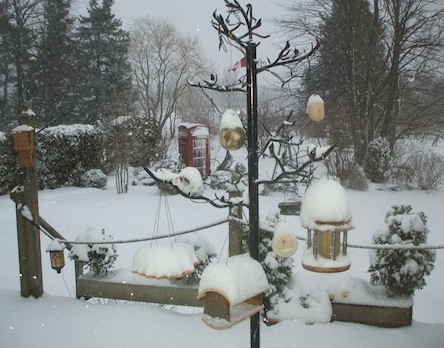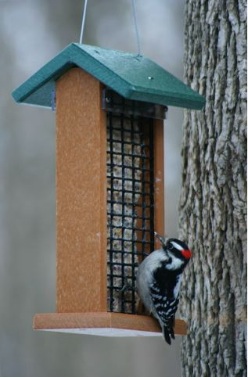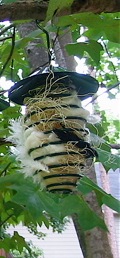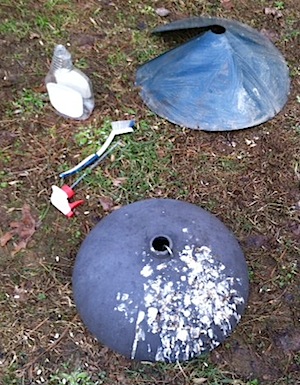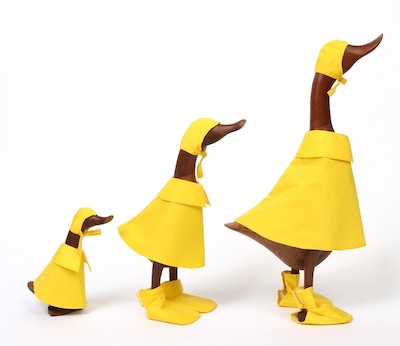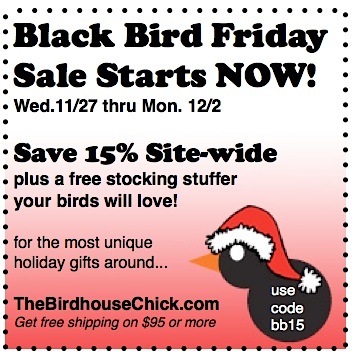-
Do More with Peanut Bird Feeders
Just a few short weeks (hopefully) and that dreary, brown, snow covered landscape will give way to lush new foliage… and it can’t come soon enough for many of us!
Feeders have been in full swing this winter with hungry birds braving the most frigid days seeking calories to keep warm. Every feeder’s seen its share of flying traffic through this most miserable season.
With bulbs forcing through, birds are already starting to nest in the southeast, we’ve already changed up two peanut bird feeders for another good use… nesting materials!
Any kind of feeder with wide openings works well. Because peanuts are still mighty beneficial to birds, using an extra suet cage is ideal for offering materials.
Here’s one of the cool things about backyard birding. Not too much is cut in stone so to speak. You needn’t buy a full-fledged peanut bird feeder to offer peanuts, nor a complete nesting material kit to offer the materials. Here’s a cool recycled 3-in-1 feeder that perfect for suet, peanuts, nesting material or even fruit in summer. Just be creative and see what works best for your birds!
That same spring feeder offers peanuts, suet, nest material, and yes… fruit in summer. Oh yeah, and the nesting materials? You can do this one yourself! Cats or dogs? Save their hair (not such a good idea if fluffy or fido has been treated with flea & tick medication). Decorative mosses are another favorite, sphagnum or sheet moss, Spanish moss, coco fibers from old plant liners too. Just be sure they’re clean. Feathers are coveted as well for some species’ nests. Again, just be sure thee have been sanitized, and use light or natural colors in the mix.
Recently cruising one of the video platforms, a big retailer’s video came up about nesting material. With lots of video views, “how dead wrong” is what came to mind. Cardinals don’t use those shelves, they nest in trees or shrubs. But I guess if you have no trees or shrubs they might use one? And they don’t use that cotton stuff either. Weed stems, twigs, bark, grasses and leaves are what make up cardinal nests in these parts… come on!
-
The Nastiest Squirrel Baffle Ever
What a blasted mess, and they were just cleaned a few weeks ago too!
Starlings, European starlings have got to be the most annoying, nastiest bird in our yard. It’s usually temporary and then they move on. But sure as day if they start nesting around here, a scope will be a near-future purchase! Yes, it’s legal to shoot them, aggressive, invasive and non-native, they wreak havoc on native nesting birds like bluebirds, tree swallows and purple martins. Not to mention, they make the worst mess and hog all the food too. Like magicians, a tray full of mealworms can disappear in no time flat!
These baffles were just removed and cleaned not long ago. Starting with pole-mount squirrel baffle (at top) the picture was snapped before cleaning the hanging one. Why? Because there was a post on a social site glorifying starlings! Huh, are you kidding me? How could anyone possibly favor this bird? Is that not one of the filthiest things you’ve ever seen?
Using a squirrel baffle won’t stop starlings, but it sure does stop squirrels if used properly. If a feeder is hanging from a pole or shepherd’s hook, the pole-mount ones work best. They’ll keep squirrels from shimmying up the pole, but the bottom of the baffle must be at least must be at least 4.5 feet from the ground. Otherwise, they’ll jump right passed it. These wrap-around styles are perfect if there’s a ground stake at bottom, or decorative piece at top. Smart, smart design!
If your bird feeder hangs from a branch, then a hanging baffle would be appropriate. It blocks squirrel’s from climbing down onto the feeder from above. Feeder placement however should be at east 8 feet away from anything squirrels might jump from (sideways) to gain feeder access. The bottom of the actual feeder should also be at least 4.5 feet from the ground.
These general specs usually work well… unless you happen to host the occasional uber-squirrel! Feeder and baffle placement may then require some tweaking to avoid the critter’s shenanigans in full! As far as the starlings? They do make traps for these pesky birds… but you’re on your own. Actually the website Sialis.org gives some great examples on starling and house sparrow control if you’re hosting native cavity nesters in your yard.
Be gone dreaded starlings and come on spring!
-
Happy Thanksgiving and the Black Bird Friday Sale is On!

